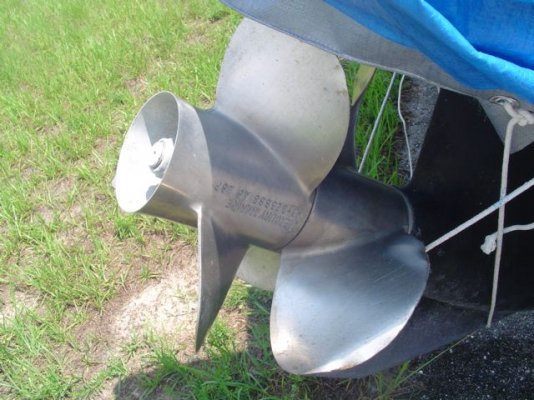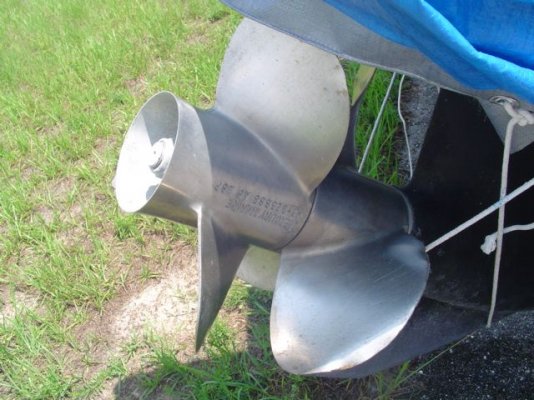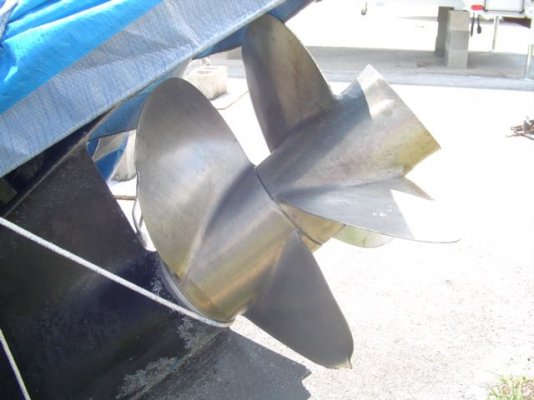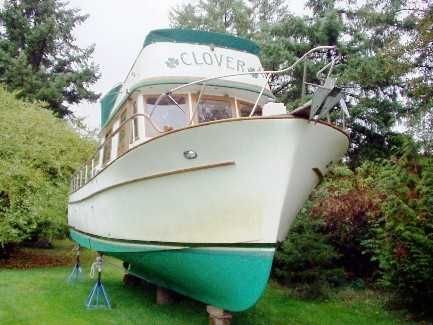carson
Well-known member
Now that the "Dog days of Summer" started early, I have this very scientific question:
I checked out a large outboard motor parked near my RV. It had 2 props - in series- and my curious mind started to work. I found out that the forward and the rearward props turn in opposite direction.
I also noticed that the pitch of each prop were reversed.
Here comes the question: How do they work? Since they are of opposite pitch yet turn in the same "water pushing" direction when under power, how does this increase the power/waterflow?
Does the forward one push more water into the aft prop, or is there a more scientific explanation.
see pix below..
carson FL
I checked out a large outboard motor parked near my RV. It had 2 props - in series- and my curious mind started to work. I found out that the forward and the rearward props turn in opposite direction.
I also noticed that the pitch of each prop were reversed.
Here comes the question: How do they work? Since they are of opposite pitch yet turn in the same "water pushing" direction when under power, how does this increase the power/waterflow?
Does the forward one push more water into the aft prop, or is there a more scientific explanation.
see pix below..
carson FL




